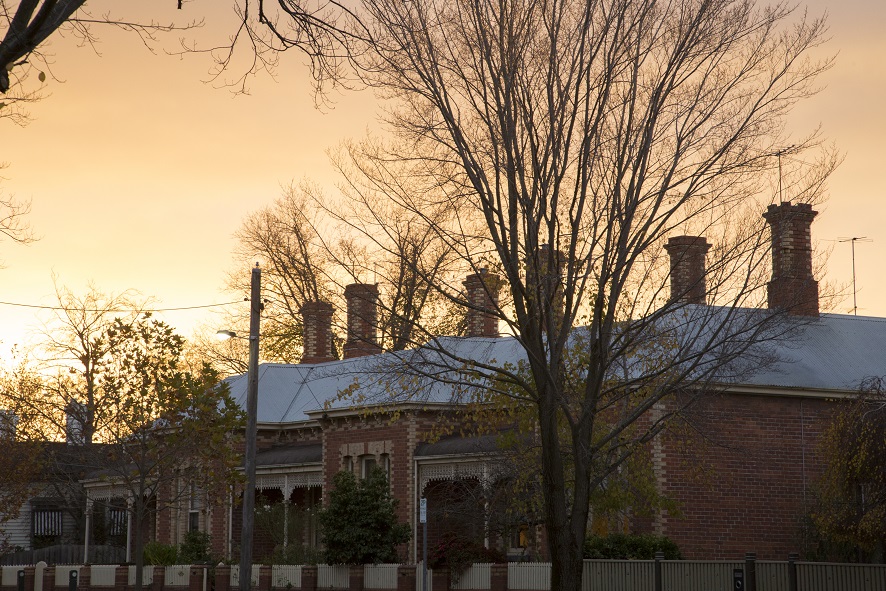
13 Jun The Heritage of Tomorrow
Amazing images of our varied Ballarat heritage streetscapes by Craig Townsend.
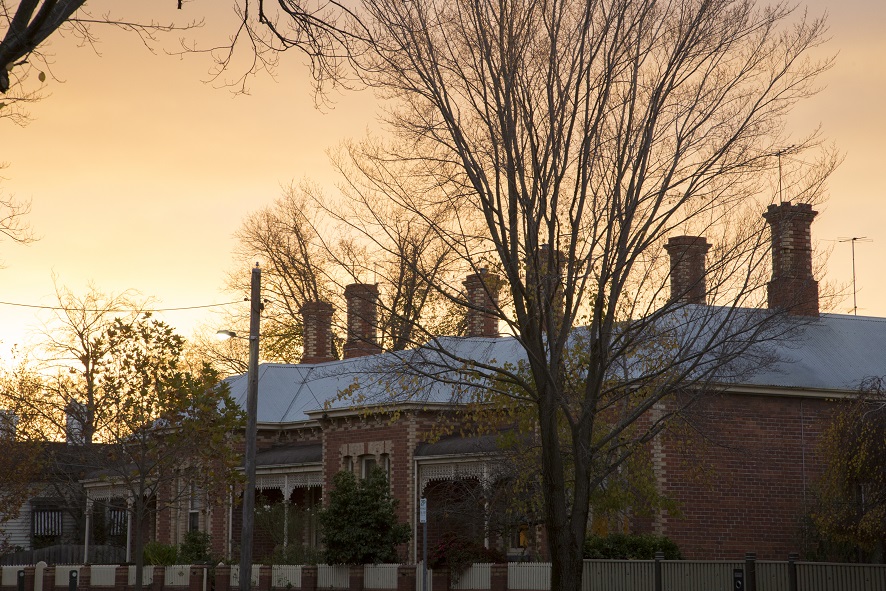
Heritage building restoration and conservation has long been a contentious issue in our region. Although identifying what style or era of building warrants the status of ‘heritage’ can be subjective, there is no doubt that our historical built environment is something that contributes to the character and appeal of a township.
For residents, when an old building is restored and loved we collectively take pride in the work that has been done. When an old building becomes dilapidated and vandalised we admonish the owner for their neglect and complain about the eyesore that has been created for the rest of the town.
For visitors, the quality of the heritage building stock is often a tangible quantifier of their experience of the place, something which councillors would see as a vital component of the economic welfare of the tourism industry.
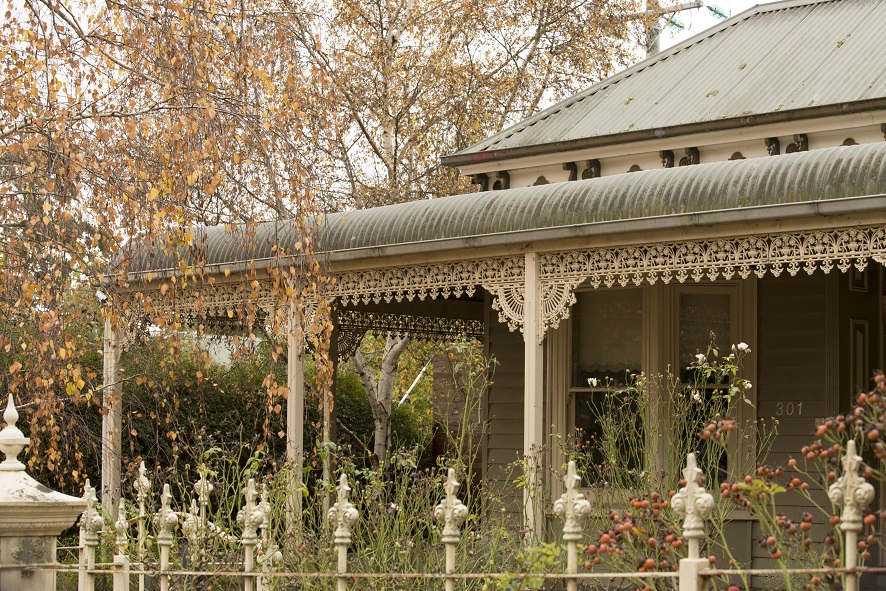
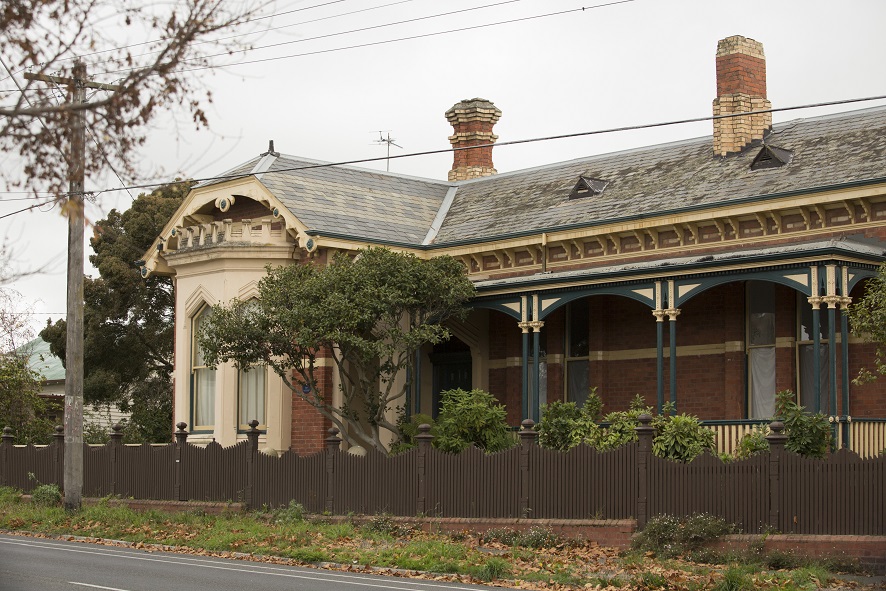
So then, what are the rights and obligations of heritage building owners in regards to the physical state and use of their property? Perhaps ownership of the property has been an inherited liability, where the cost to make safe and restore a building is financially unviable and simply burdensome. It may explain why so many commercial buildings are left to decay instead of being utilized by enthusiastic new business owners looking to lease a suitable premises.
We must also consider at what cost we insist on dutiful preservation of our buildings, where council may take a snapshot of the form of a building from a certain era and that way it must remain. Let’s not overlook the grim reality of what it’s like to live in a Victorian weatherboard home with small and draughty double-hung windows, insufficient natural light, gabled roofs that leak water inside and generally unsurmountable heating and condensation problems. Council’s insistence on no visual changes as seen from the street can really compromise modern energy efficiency and healthy living standards in what is sometimes a large percentage of existing housing stock.
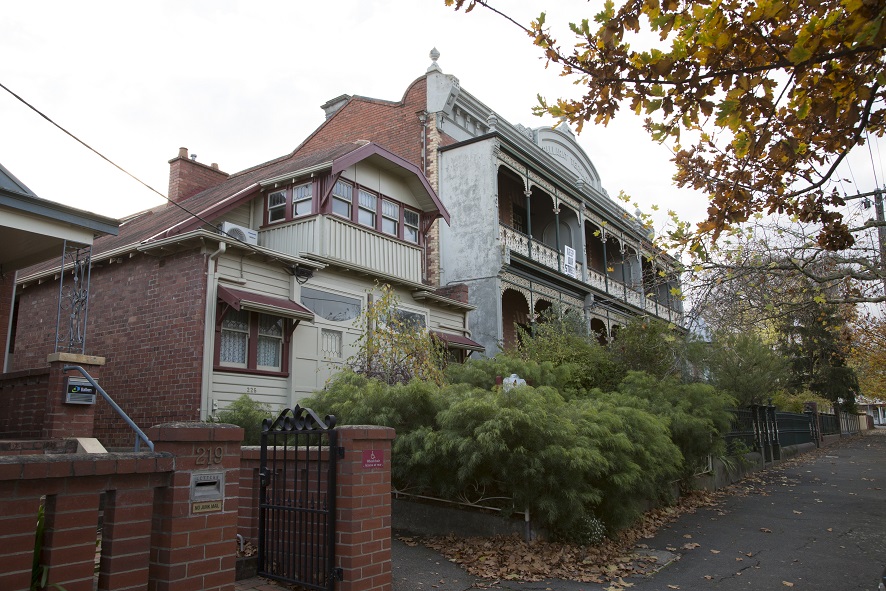
We must start focusing on building a heritage for tomorrow, to create something of value that over the next one hundred years generations of home owners will care enough to maintain their building. We must respect the past but not look to simply keep perpetuating it. Rather, take inspiration from the best parts and combine them with modern aspirations for optimistic living.
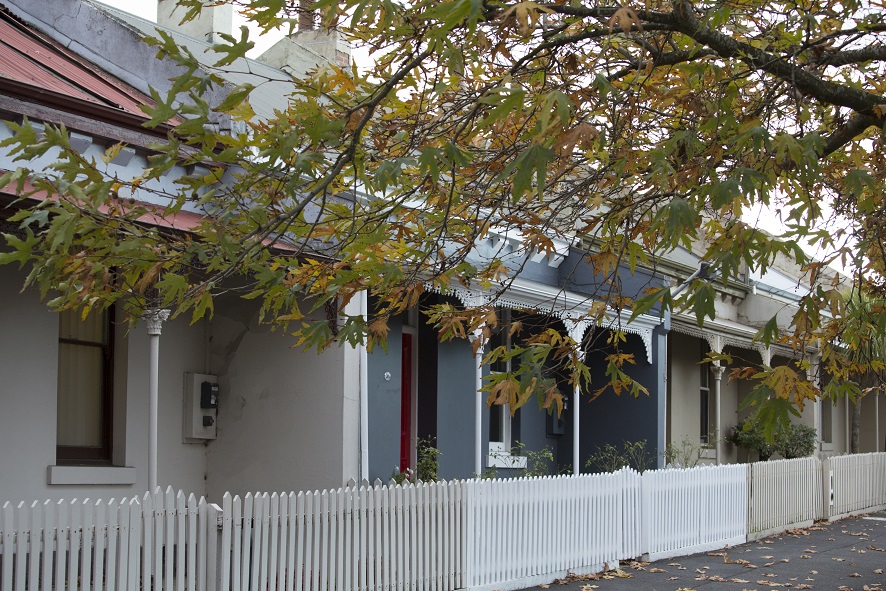
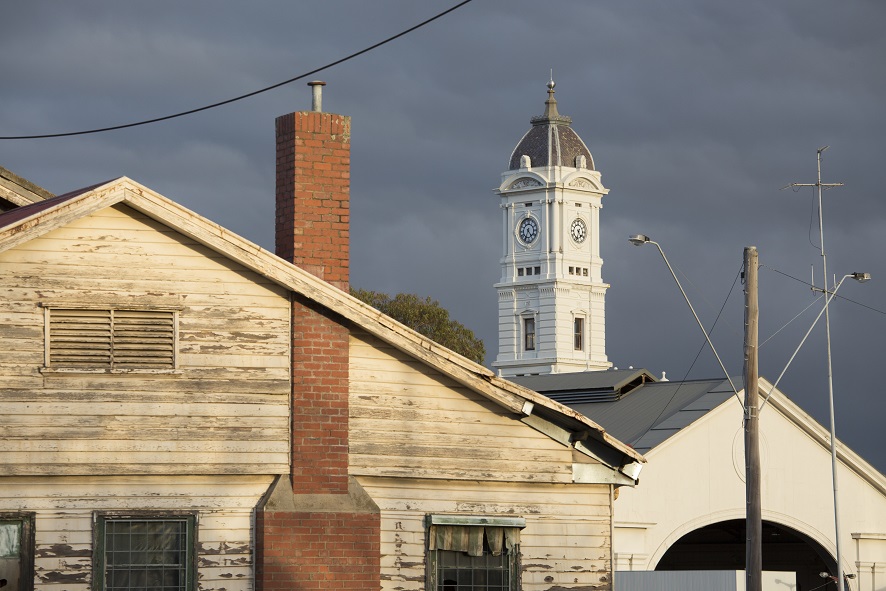




Rachel
Posted at 11:03h, 13 JuneGreat article